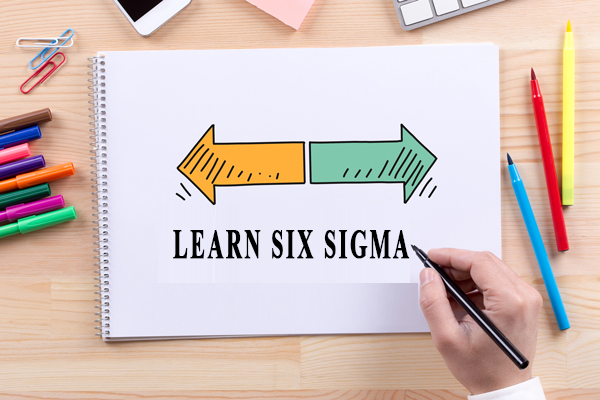What is Learn Six Sigma?
Lean Six Sigma model is a combination of Six Sigma (6 sigma) method with lean enterprise approach. This is a centralized management model in groups that improves performance by removing waste and limiting defects, bringing out the best in an organization’s potential.
If you want to drive to Times Square in New York City but type “Manhattan” on an app or GPS device, you probably will not get there. Making a detour, you will likely have to travel further and take longer than expected, and your route may end up in Central Park instead. To guide you to your destination, your GPS device needs a specific address.
Likewise, localization service providers cannot identify the most efficient processes and resources or produce the exact results required by the client without properly understanding and agreeing with the customer about their specific requirements. However, it is understandable that the customer does not always figure out exactly what information the localization service provider needs, while the providers often believe that the client will provide the information. This often leads to an ineffective trial-and-error process which is frustrating for both parties.
To avoid obstacles or detours on the path to localization, it is extremely helpful to implement Lean Six Sigma method and tools at the outset. Lean Six Sigma targets your destination in the localization process.

“Learn Six Sixma” – Guarantee demand
The Client Opinion Graph helps identify all stakeholders and ensures their needs are taken into account. The localization team can create a Critical to Quality (CTQ) tree with the client to:
1. Adapt the general needs initially stated by the client into specific and paramount requirements
2. Define the exact target for each requirement
3. Agree on indicators that will be used to evaluate the process and performance
Back to the general example discussed at the beginning, if Lean Six Sigma is used, the “go to Times Square” request can be helped with questions like “Do you want to take the shortest or fastest route?”
The Client Opinion Tool will ask questions about undesirable conditions, like “Is there an area that you would like to avoid, like a toll road?” This requirement also illustrates the need to define goals and indicators: “What is the maximum toll you can pay?” and “Should the toll amount be calculated by the number of toll booths or the total toll to be paid?”
“Learn Six Sigma” – Guarantee On-time Delivery
Besides defining goals, a common requirement for localization is on-time delivery. With Lean Six Sigma, to clarify what is on-time delivery, localization service providers need to ask questions such as:
- What deliverables are required to be considered complete?
- What is the actual delivery location—is the delivery complete after dispatch or only when the customer confirms receipt of the item?
- Based on what time zone is the delivery date?
- Is the delivery success criterion just the on-time delivery rate or does the delay count as well?
- Does early delivery bring any value, and is that value measured?
- Does early delivery offset other late deliveries?
Without understanding the answers to these questions, performance indicators evaluation can be difficult.
Fulfilling clearly defined requirements and performance goals will help you reduce risk and optimize process. This will definitely produce tangible results that can be shared and become the foundation for further improvement. By applying Lean Six Sigma, the local localization service provider will have a better tool to satisfy customer requirements and establish the levels for continuous service improvement.
In the next article, you’ll learn how Lean Six Sigma experts harness the opinions of both local clients and service providers to further improve the entire value chain.





